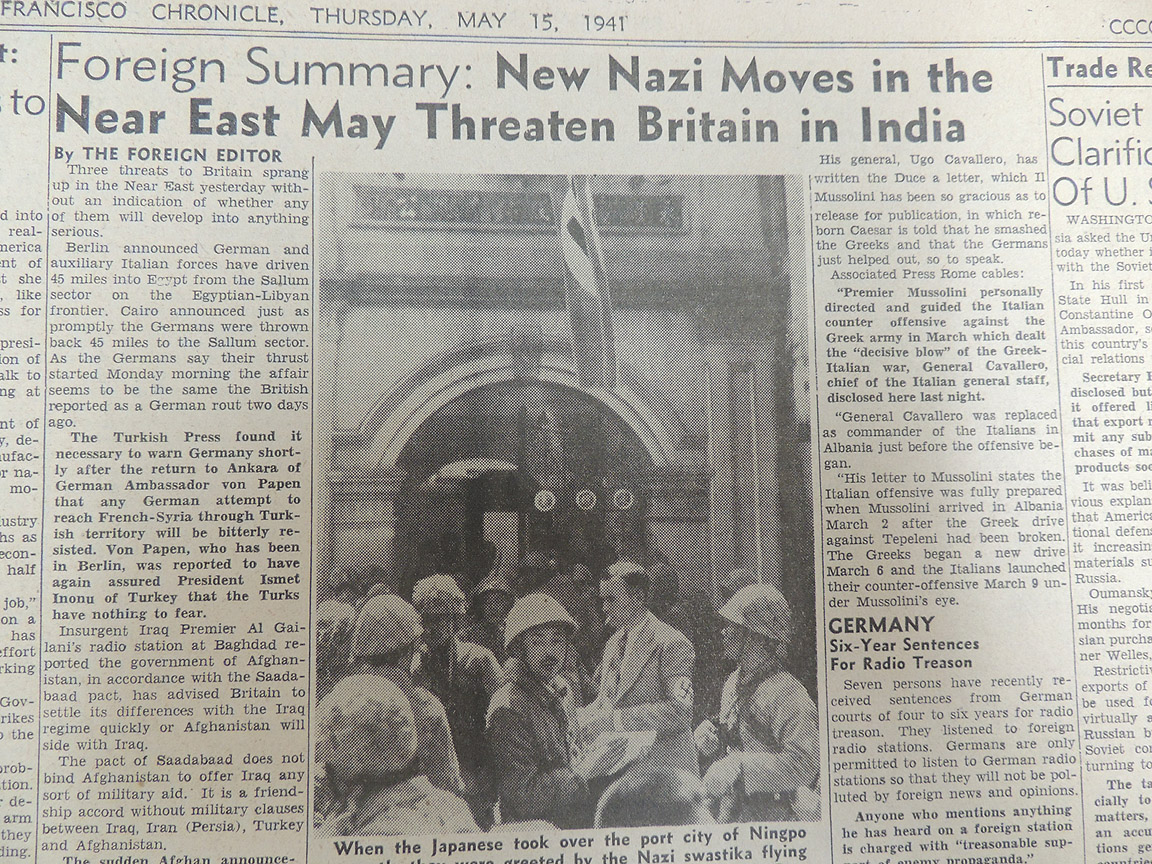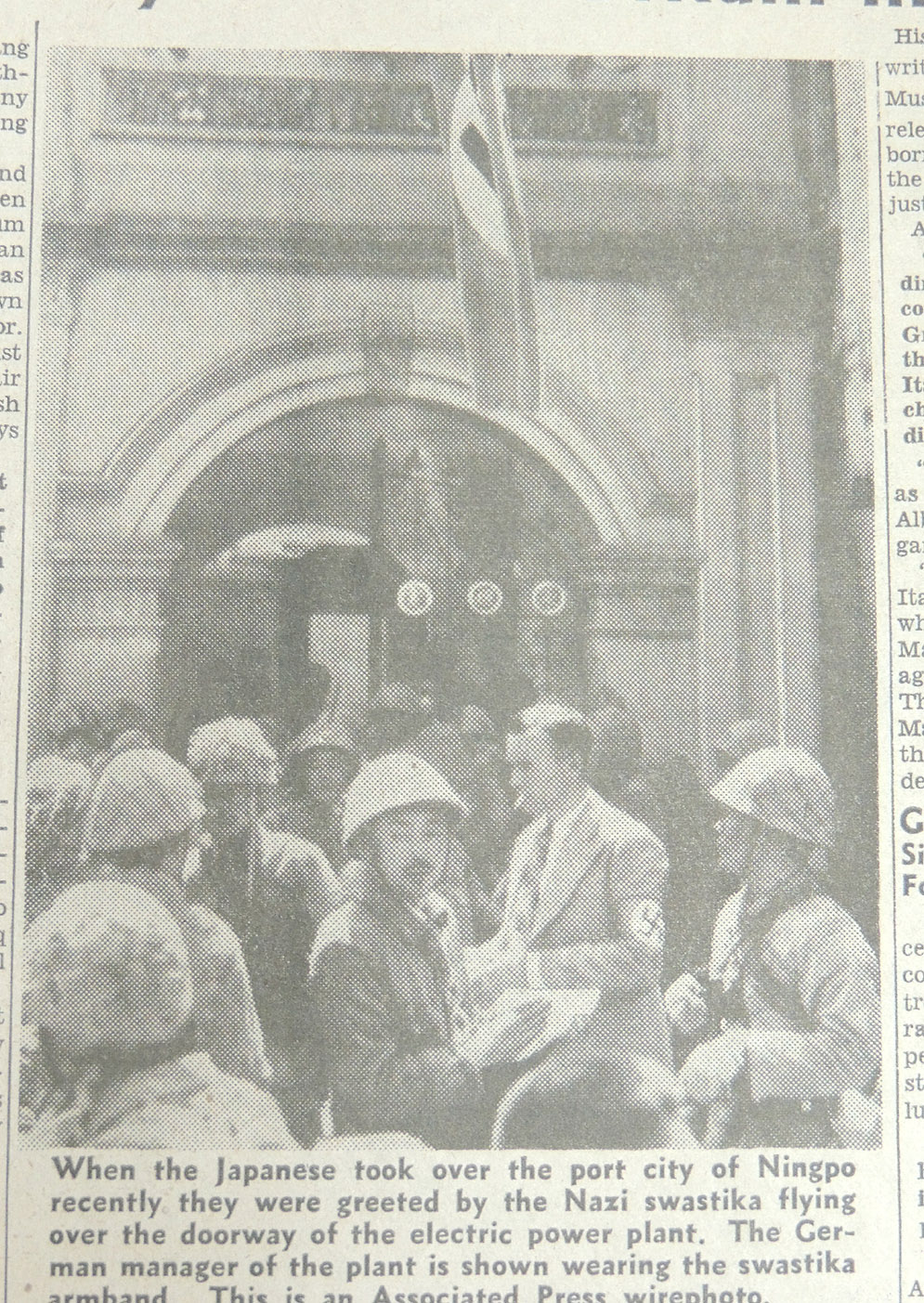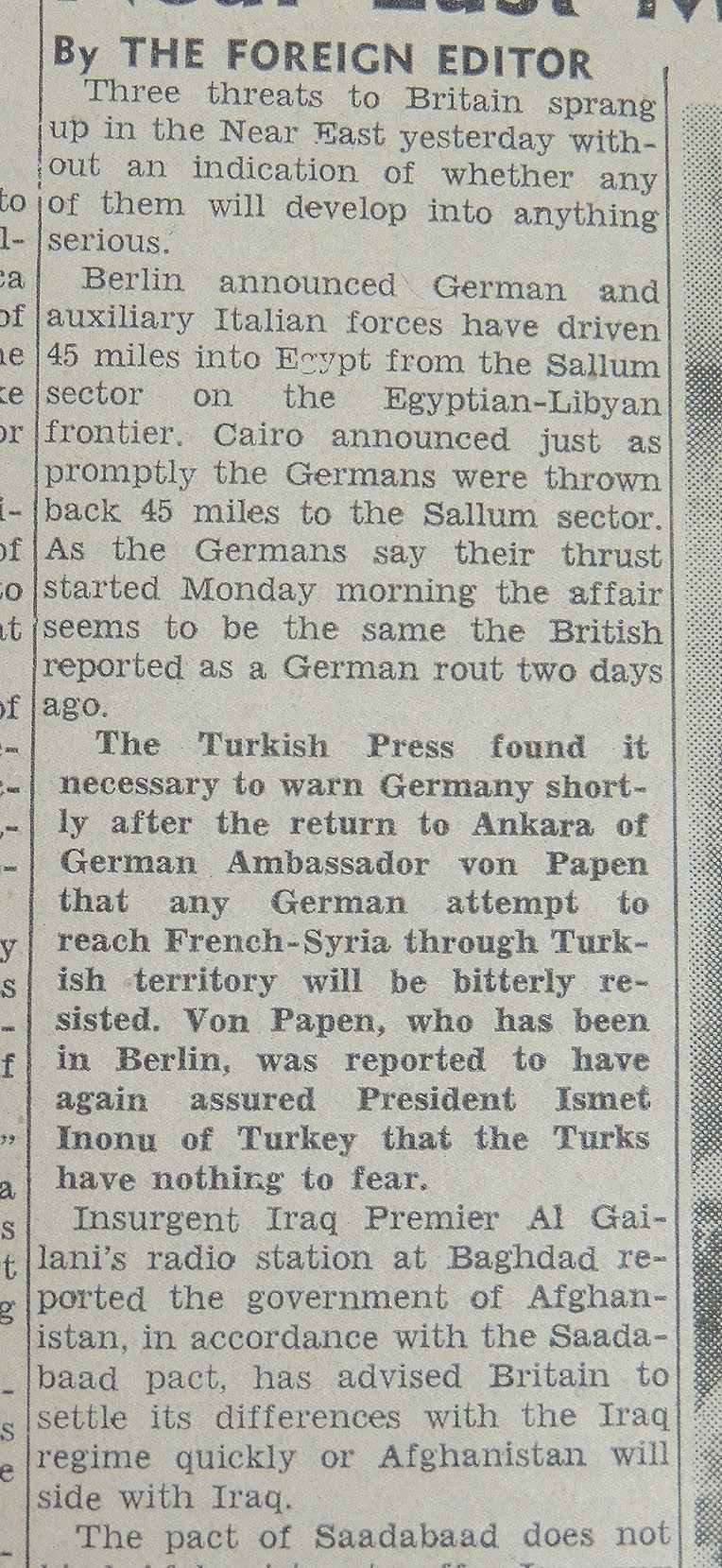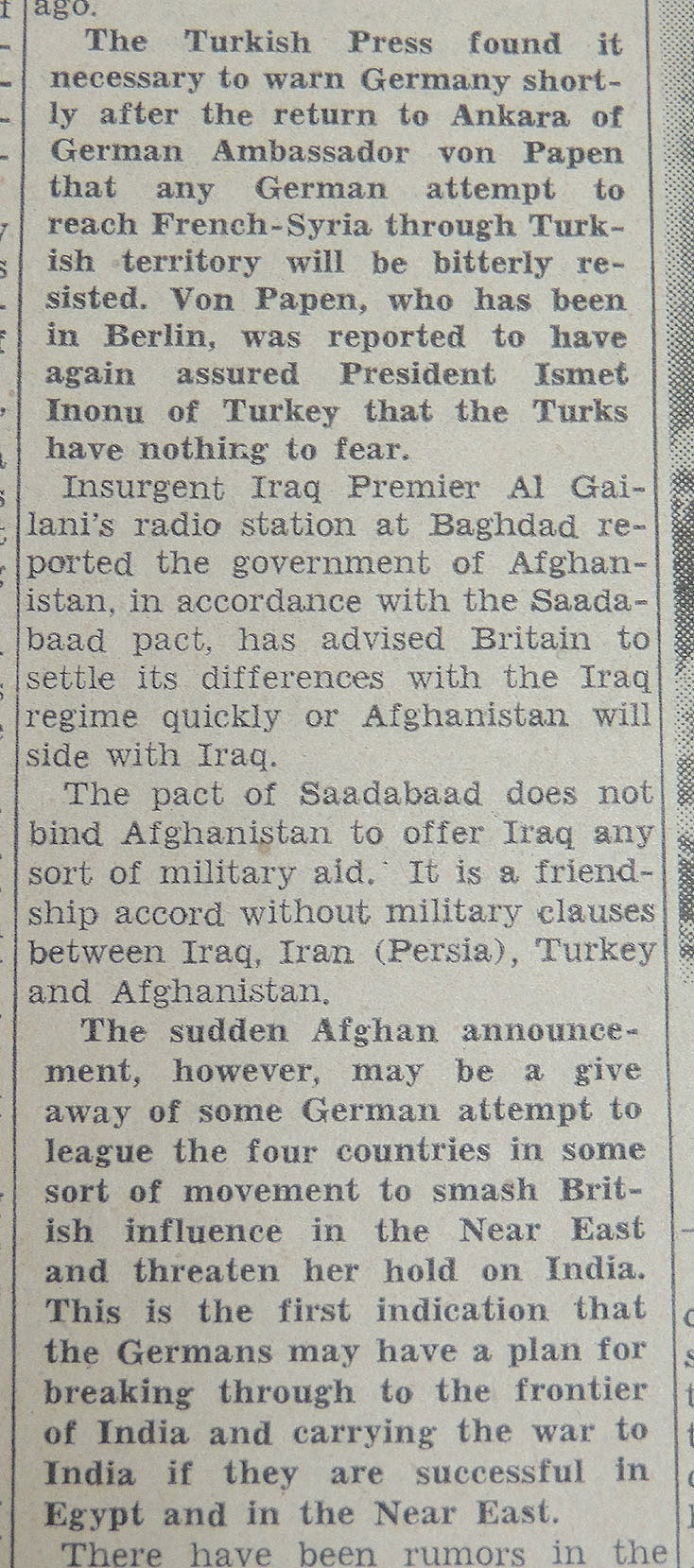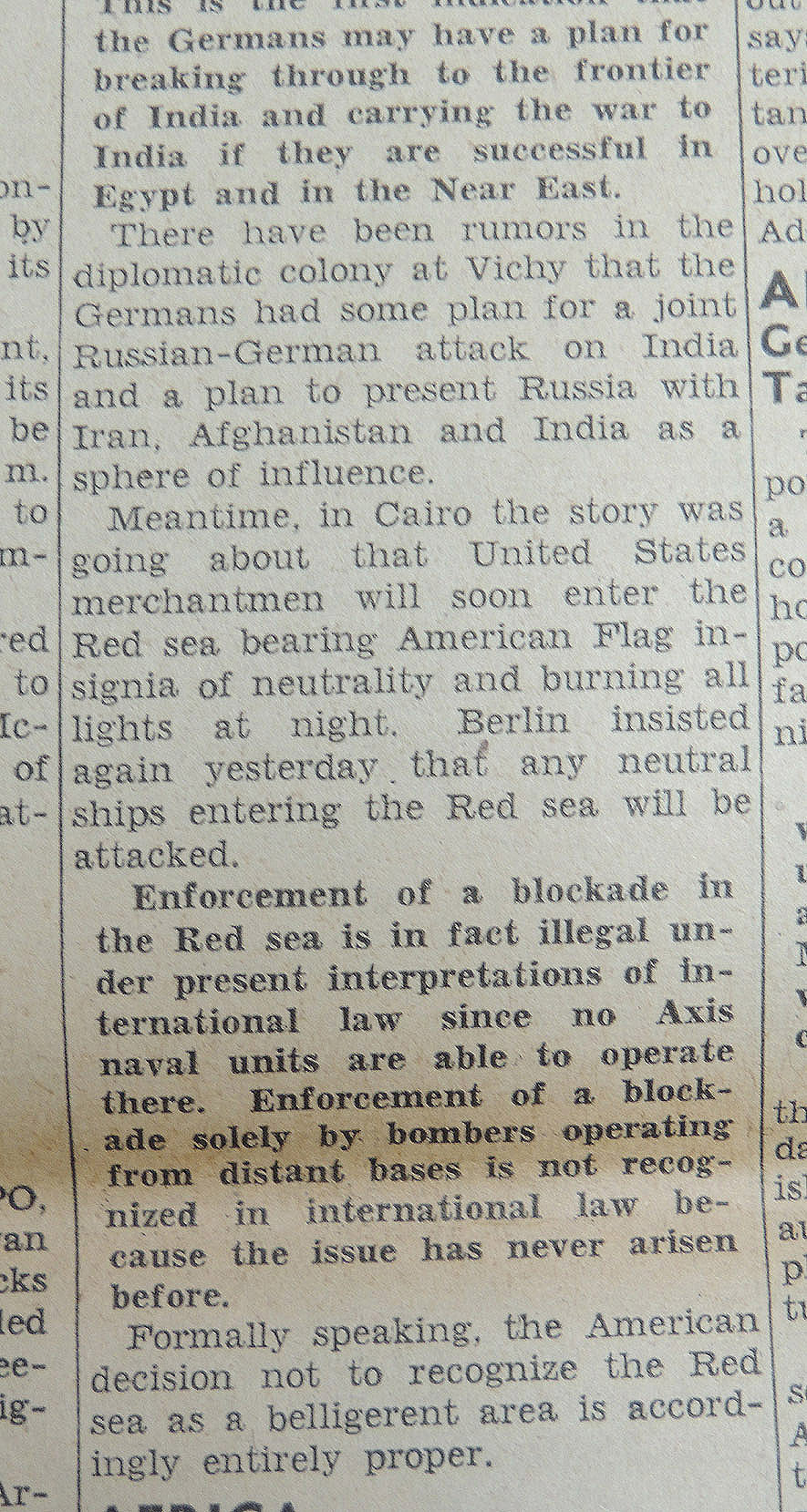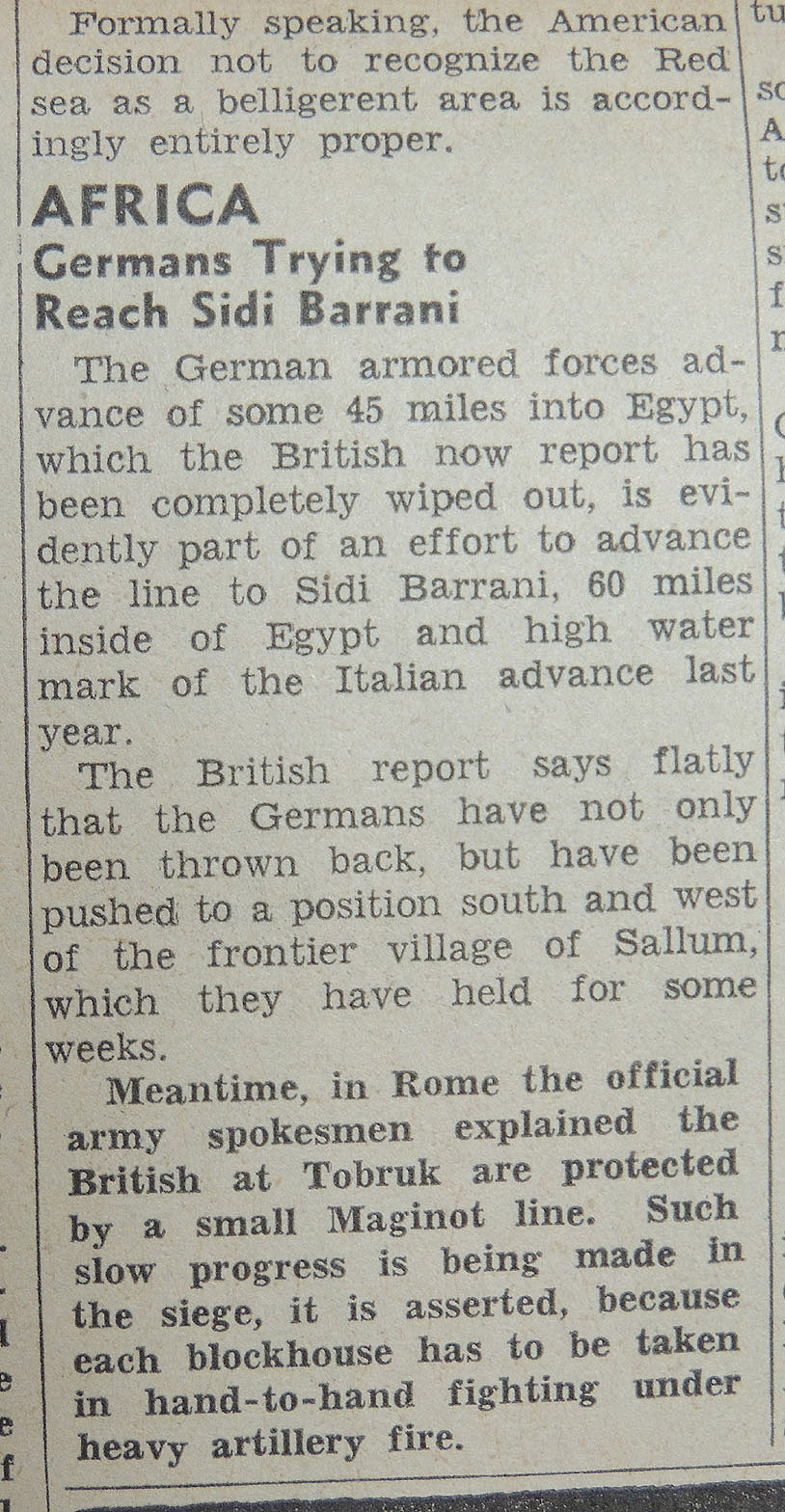It's interesting that today it's widely declared that the Germans under National Socialism were religiously intolerant. Yet another lie they tried to brainwash us with. In fact, it was quite the opposite. The Waffen-SS made special concessions for Muslims, Sikhs, Hindus, etc., even giving them special rations and uniforms required by their religious beliefs. For example, pork and other items had to be taken out of the standard rations for Muslims, whom also had to pray five times a day at specific times. The 'Sikh' Indians had long hair and beards, therefore could not wear gas masks. Another portion of the Indians were vegetarians. So as you can see the Germans went through great lengths to accommodate them.
_____________________________________________
[Below: A rare picture showing two Indian volunteers wearing German style 'stahlhelm' helmets. For some odd reason not many pictures of this type exist.]
______________________________________
______________________________________
[Below: Two 'Sikh' Indian volunteers. A Sikh is a follower of Sikhism. It primarily originated in the 15th century in the Punjab region of South Asia (Punjab borders India and Pakistan). The term 'Sikh' has its origins in Sanskrit. It translates as 'disciple' or 'student.' Sikhism is considered one of the more universal religions. The Sikh code of conduct strictly forbids the use of intoxicants, drugs, alcohol, cigarettes, narcotics and any other foreign substance which disrupts the body, sexual relationships out of marriage, consuming sacrificial meat (Kutha meat), and the cutting of hairs.]
______________________________________
______________________________________
[Below: 'Sikh' Indian volunteer machine gunner. The regiment was 'magnificently' well-armed and equipped, more so than most regiments, even purely German ones. This particular picture was used for the Indian Legion postage stamp seen beside it.]
______________________________________
______________________________________
______________________________________
[Above: Along the 'Atlantic Wall']
_____________________________________
[Above: On manuevers in Normandy, France, preparing for the Allied invasion.
______________________________________
______________________________________
[Above: February 1944]
______________________________________
[Above: Berlin, circa 1943.]
______________________________________
[Above: Berlin, circa 1943. Courtesy of the Bundesarchiv.]
______________________________________
[Above: Berlin, circa 1943. Courtesy of the Bundesarchiv.]
______________________________________
[Above: Two Sikh Azad Hind volunteers.]
______________________________________
[Above: Sikh Azad Hind volunteer.]
______________________________________
[Above: Two Sikh Azad Hind volunteers. The guy on the right is loaded down with three stick grenades.
______________________________________
[Above: Two Sikh Azad Hind volunteers learning to dismantle their machine gun.]
______________________________________
______________________________________
______________________________________
______________________________________
[Above: At the Königsbrück POW camp.]
______________________________________
______________________________________
[Above: Unfurling the flag of a dream. The dream of freedom from British colonial oppression.]
______________________________________
[Above: Volunteers from the Indian province of Punjab. This diverse regiment contained Sikh, Hindu and Muslim volunteers. Circa 1942.]
______________________________________
[Above and the two below: An oath of loyalty ceremony, taken by all armed forces.]
______________________________________
______________________________________
______________________________________
[Above: A Sikh soldier in German service (second from the left) speaks to a group of prisoners-of-war in an attempt to persuade them to join the Azad Hind.]
______________________________________
______________________________________
[Above: A sikh volunteer checks identity papers somewhere in France. Circa February 1944.]
______________________________________
[Above: Weapon inspection. Circa 1944.]
______________________________________
[Above: An Indian officer, complete with an officer's Wehrmacht dagger hanging from his waist.]
______________________________________
______________________________________
______________________________________
______________________________________
______________________________________
______________________________________
______________________________________
______________________________________
[Above: Chandra Bose reviews Indian volunteers.]
______________________________________
[Above: Azad Hind sports team?! Yep, take note of the Azid Hind patch on their uniforms. This is a field hockey team. Spring 1944. Courtesy of the Bundesarchiv.]
______________________________________
[Above: A cool photo probably taken along the Atlantic Wall.]
______________________________________
[Above: German officials review the Azad Hind.]
______________________________________
[Above: An interesting photo of an Indian-looking man serving in the Luftwaffe.]
______________________________________
[Above: A Sikh volunteer preparing his head for a turban.]
______________________________________
______________________________________
[Above: Japanese Army General Kenji Doihara inspecting the troops of the Indian National Army (INA), Singapore, 1944.]
______________________________________
[Above: Triumphant Japanese and Indian National Army comrades. These two forces led a combined assault on the northeastern corner of India around Imphal (lasting from March until July) and Kohima (lasting from April until June) in 1944. The British and their colonial Indian slaves eventually repelled them. It has been voted to be 'Britain's Greatest Battle'. The Indian National Army (INA) of Chandra Bose and their Japanese allies suffered 53,000 dead and missing in the battles. The British reported 12,500 casualties--further fighting would add another 4,000 casualties to the British forces.
The fighting was so hellish that the battles have been described as the 'Stalingrad of the East'.
Today there are many memorials for the British and Indian soldiers who fought and died there (no mention of Japanese?). 'When You Go Home,
______________________________________
[Above: Many Indian patriots would be mercilessly executed by the British after their surrender at the end of WW2.
______________________________________
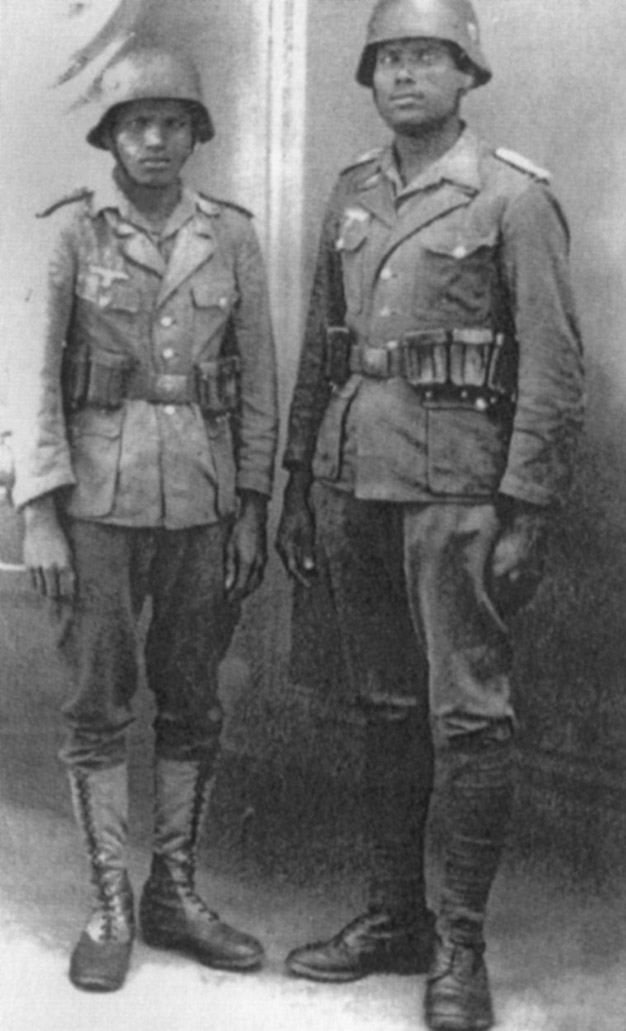
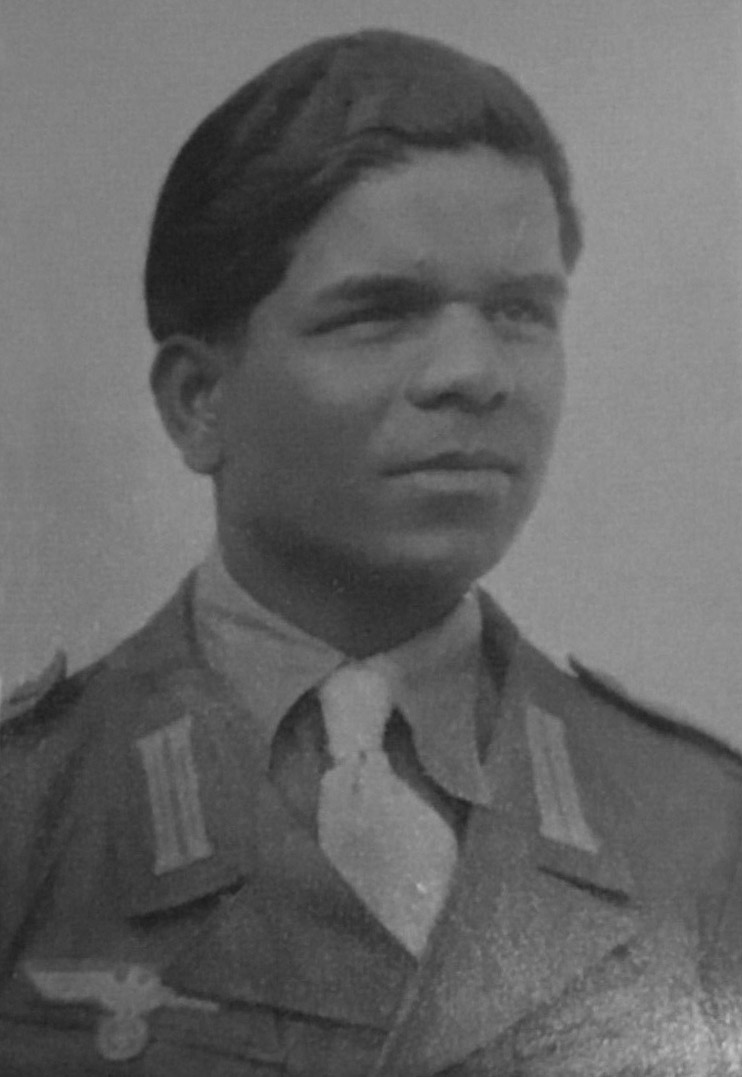
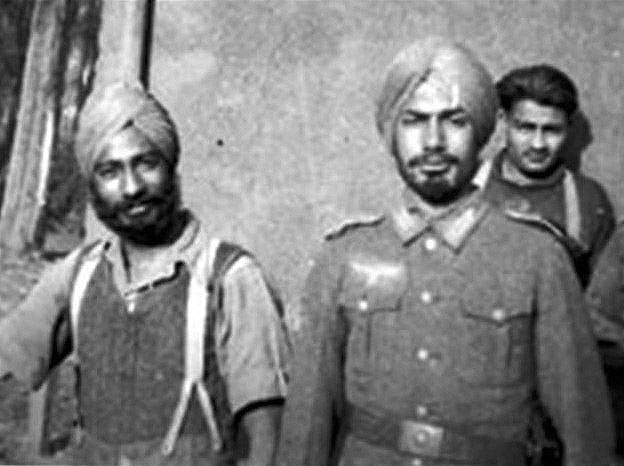
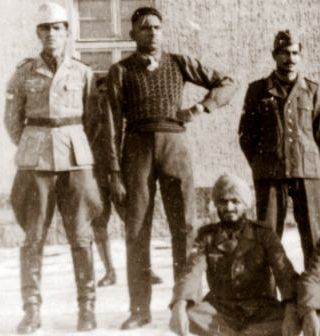
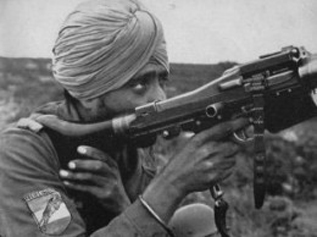
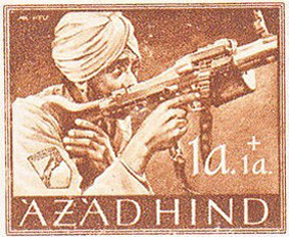

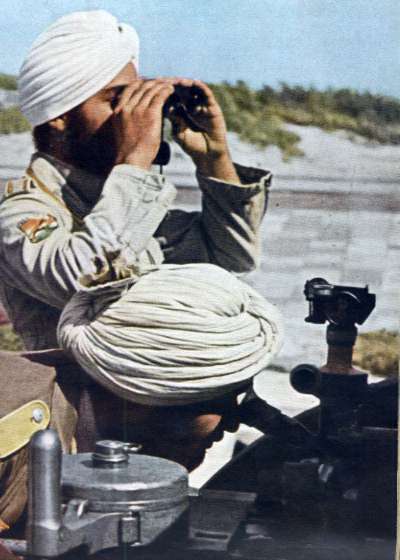
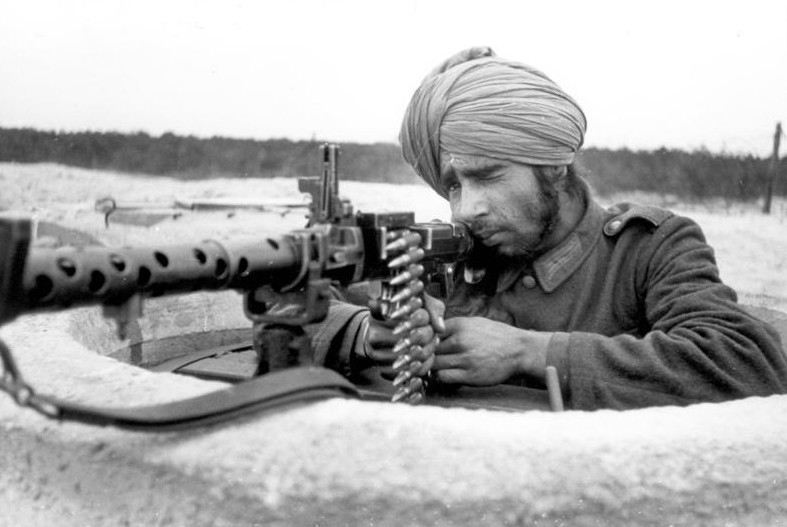
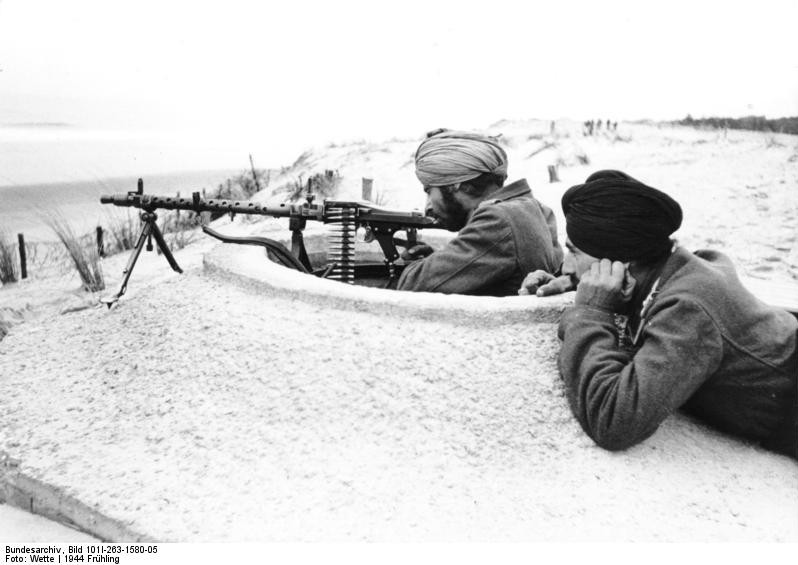
The Free India Legion would soon face the Allies on the battlefield. Circa 1944.
Courtesy of the Bundesarchiv.]
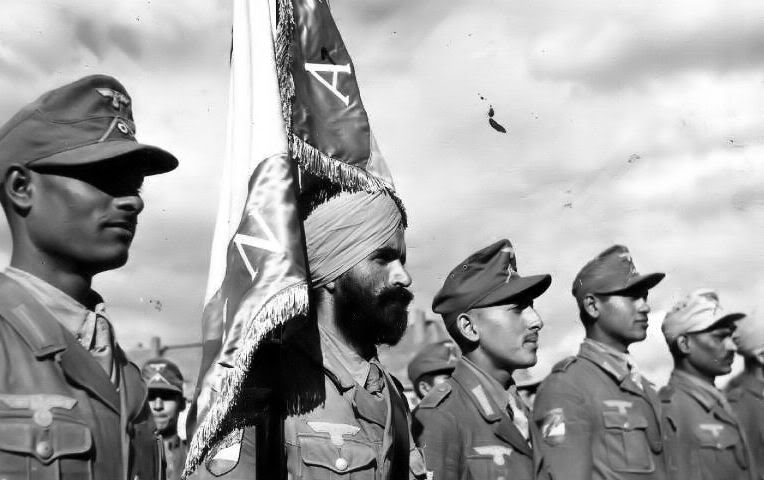

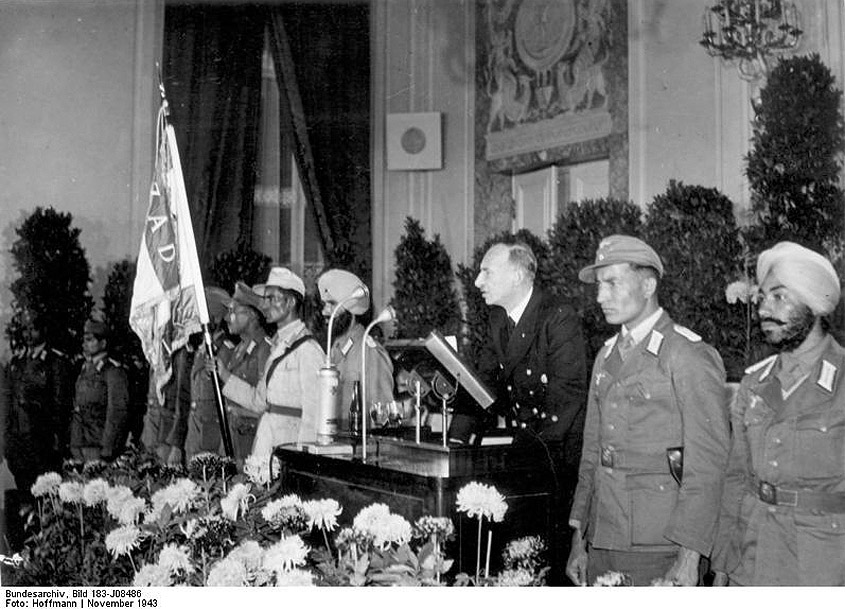
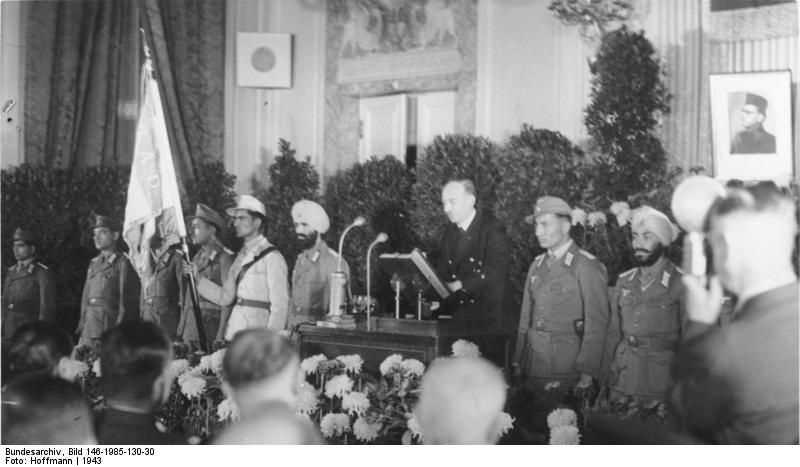
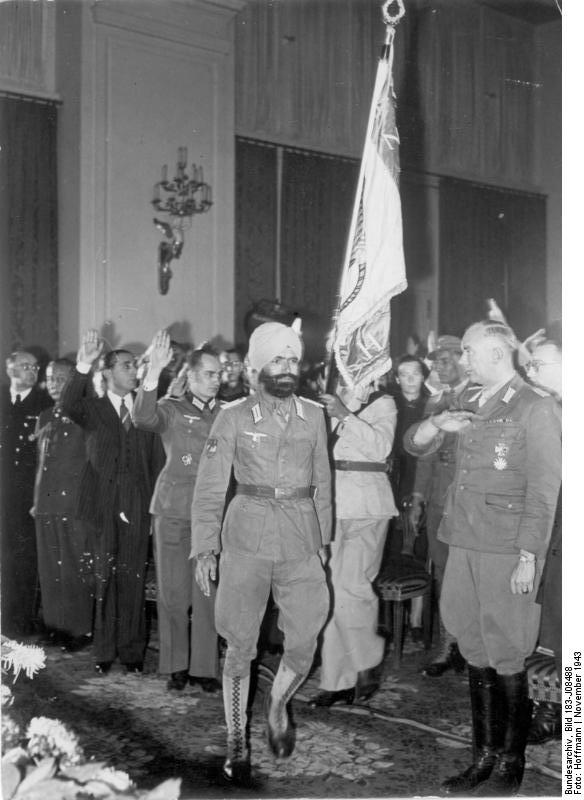
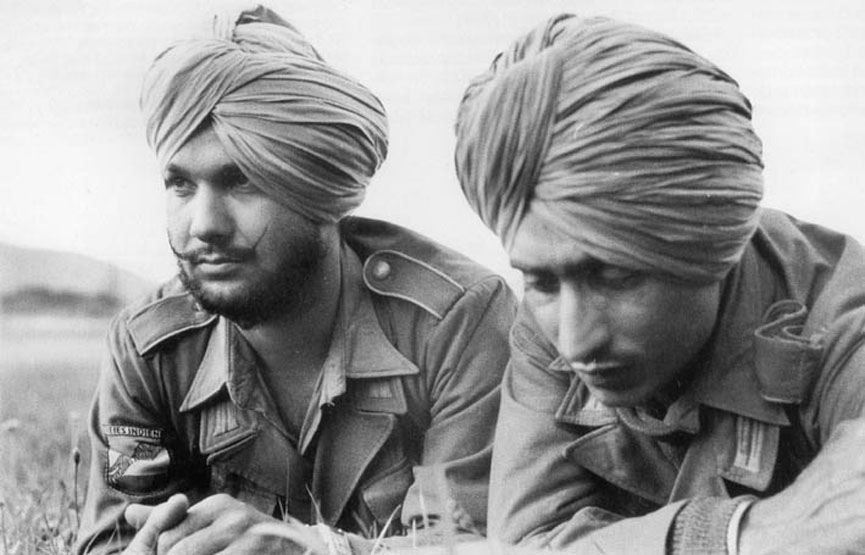
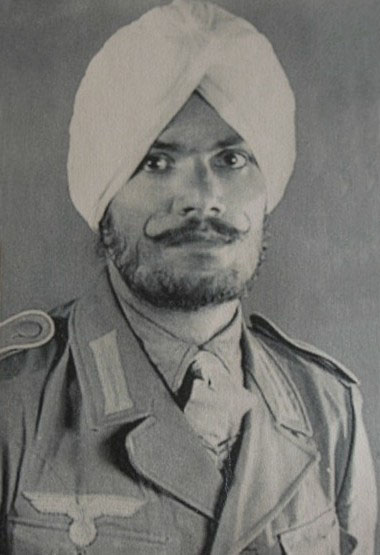
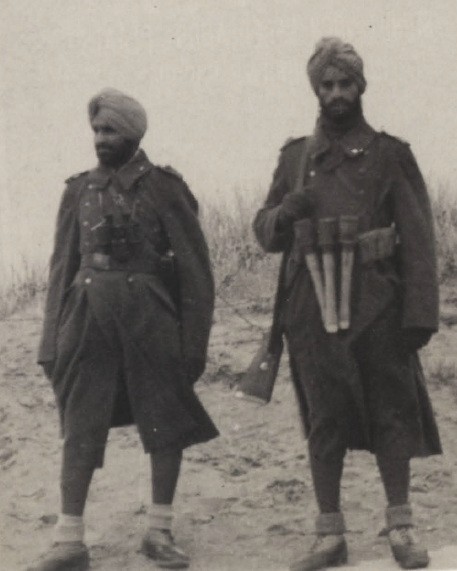
The Indian Legion was superbly supplied with arms and equipment, during a time of massive shortages.
This caused quite a lot of controversy, since the Indian volunteers weren't in active combat.]
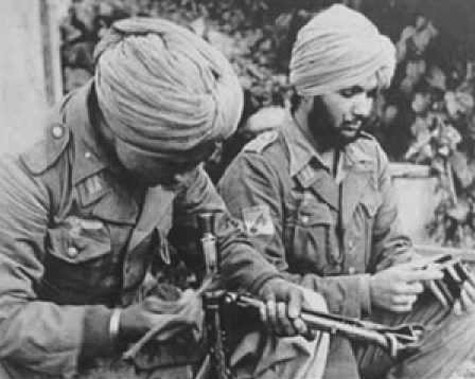
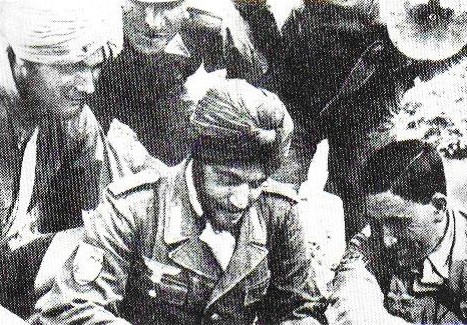
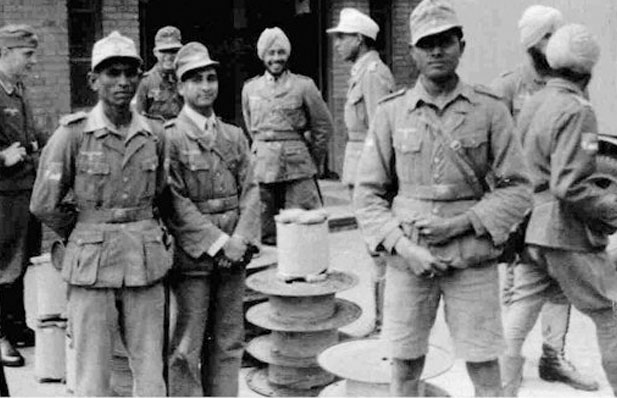
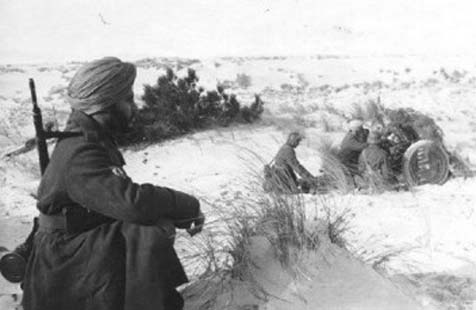
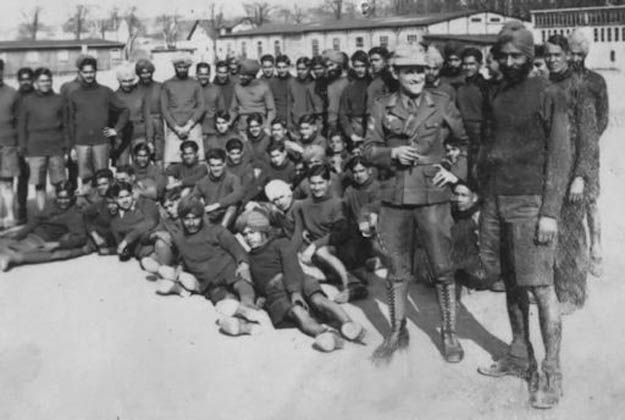
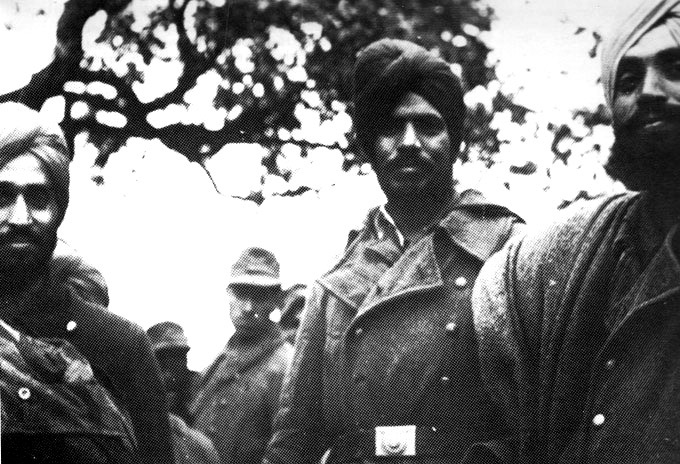
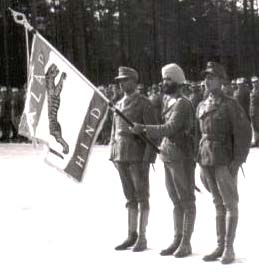

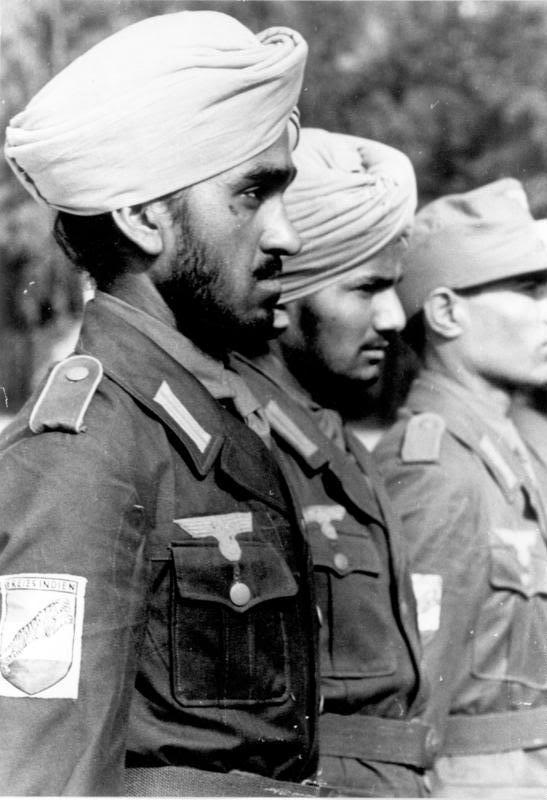
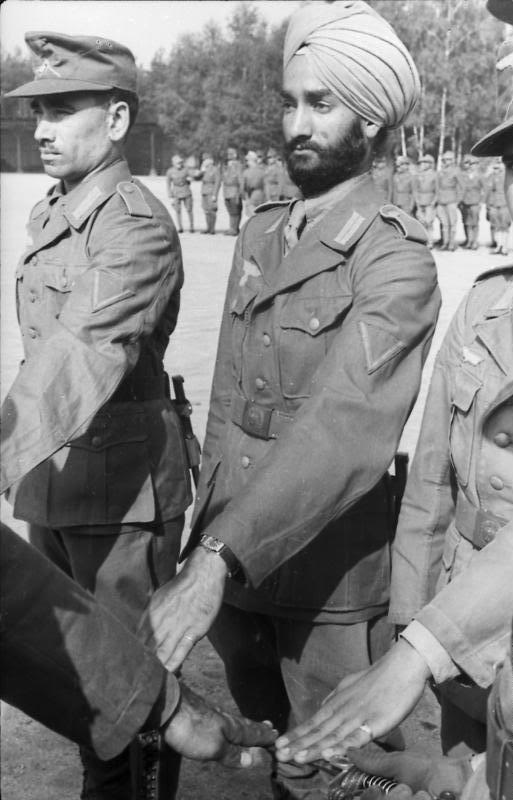
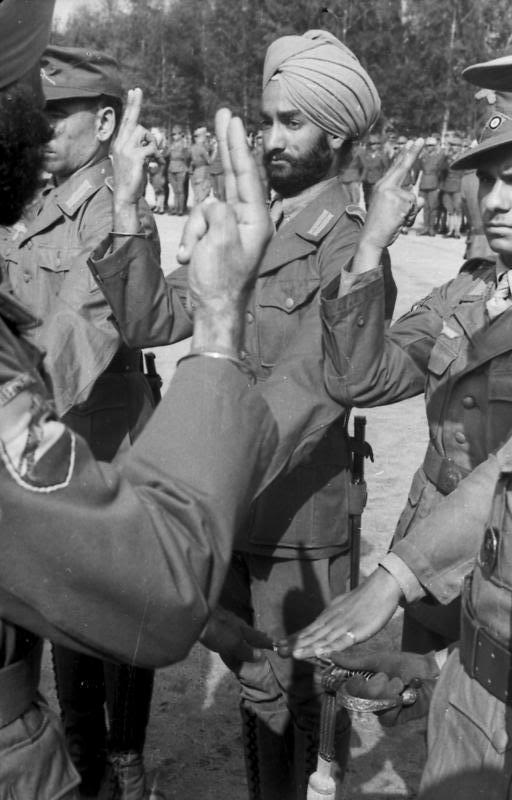
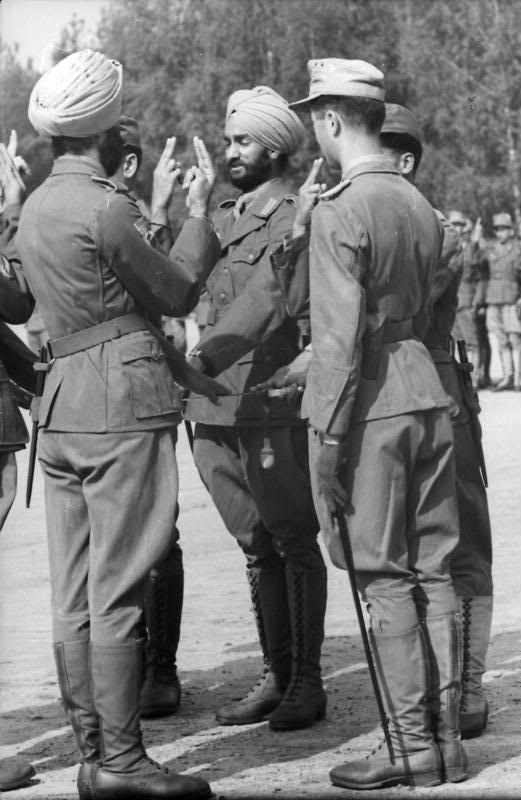
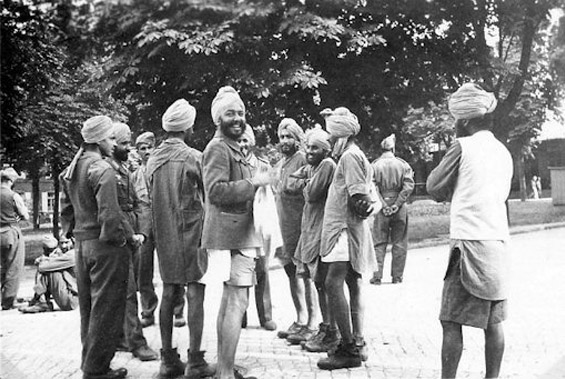
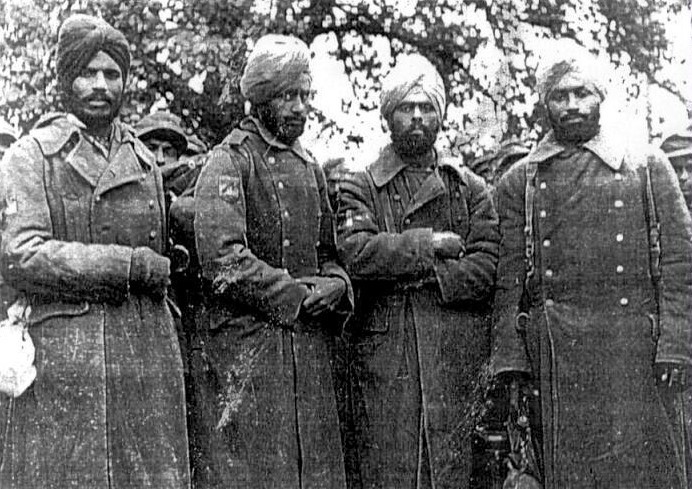
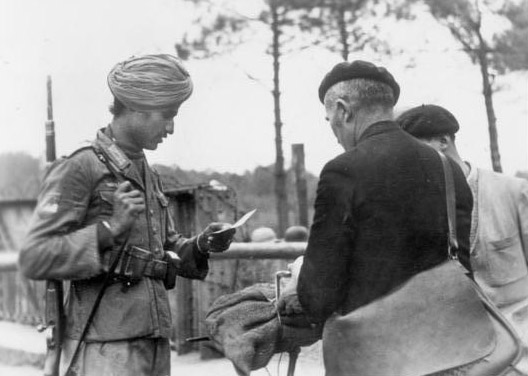
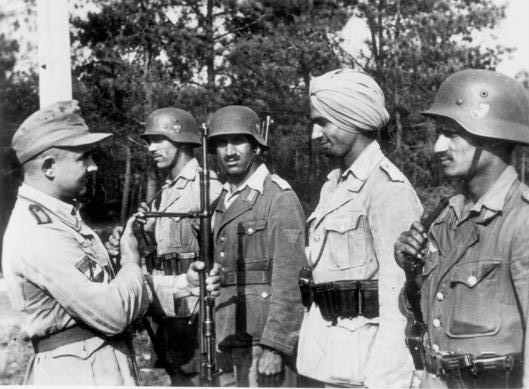
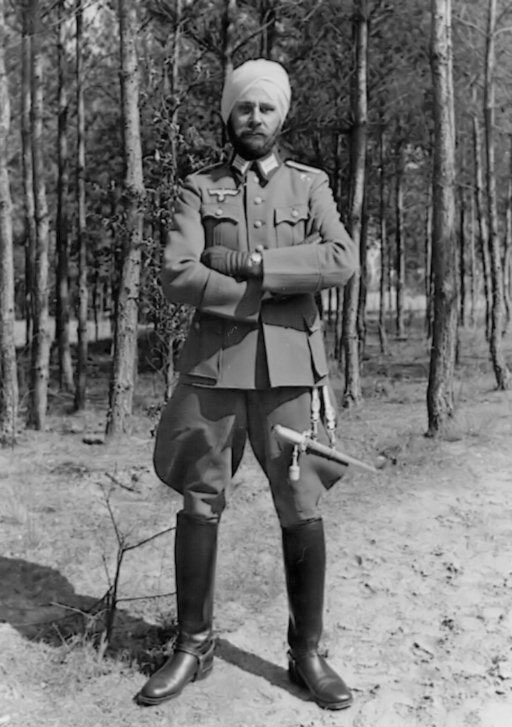
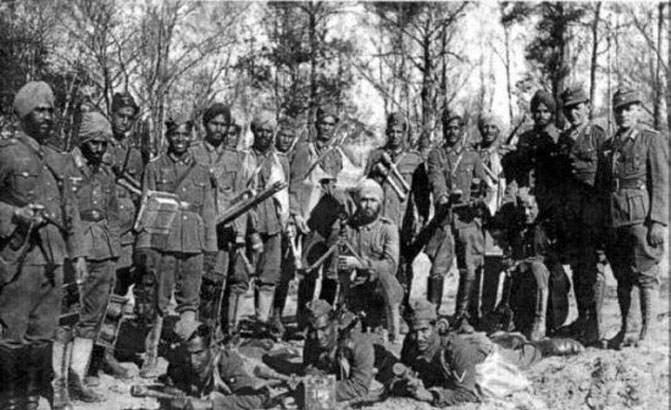
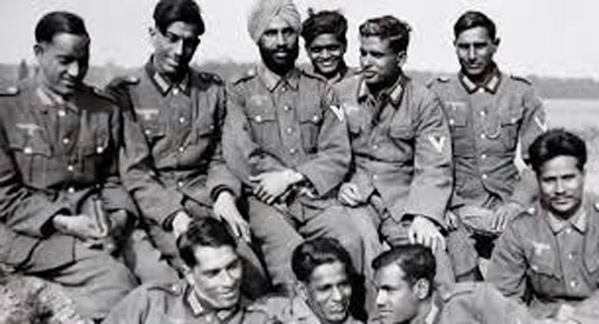
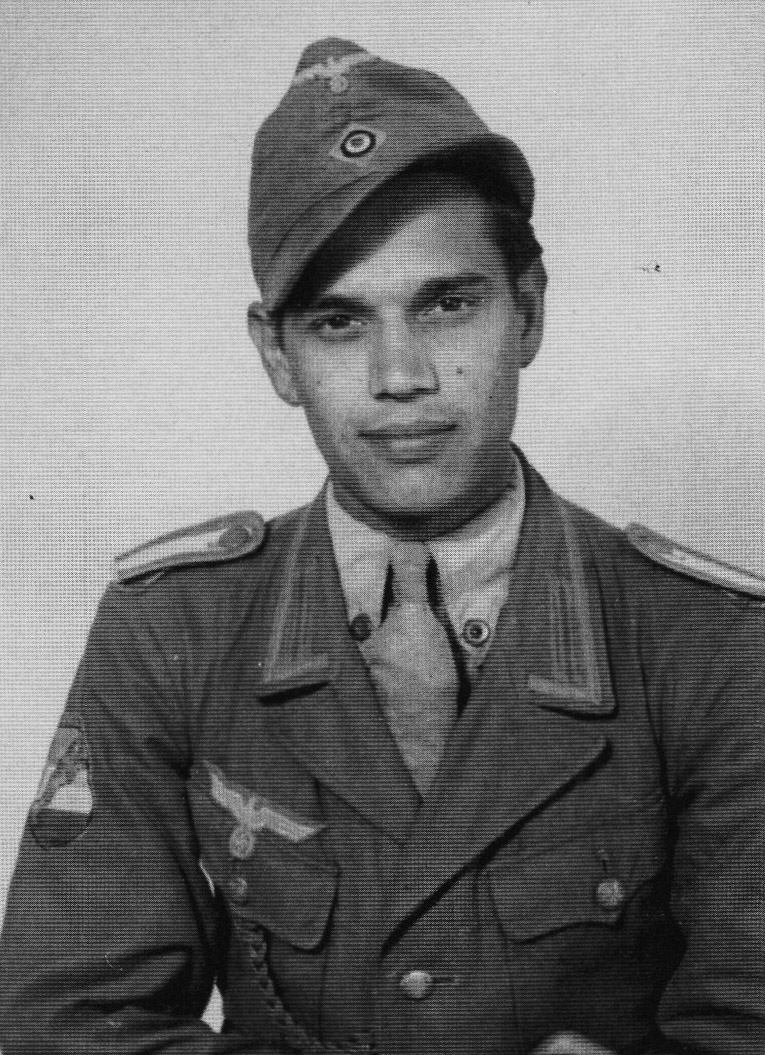
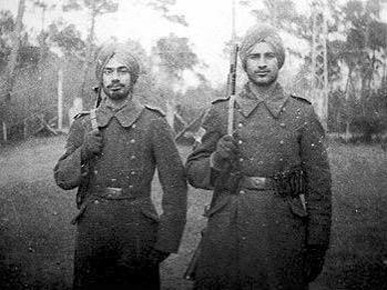
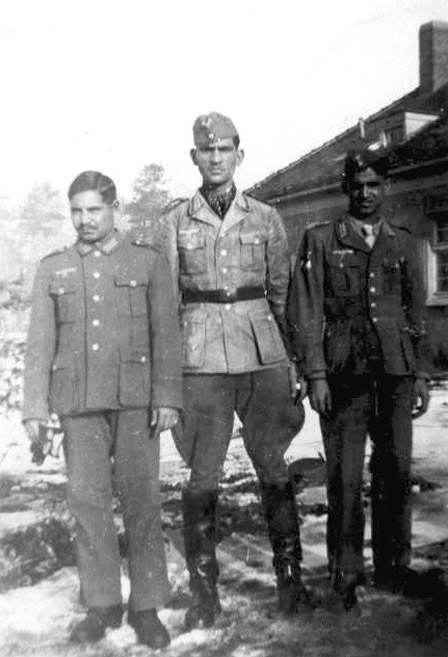
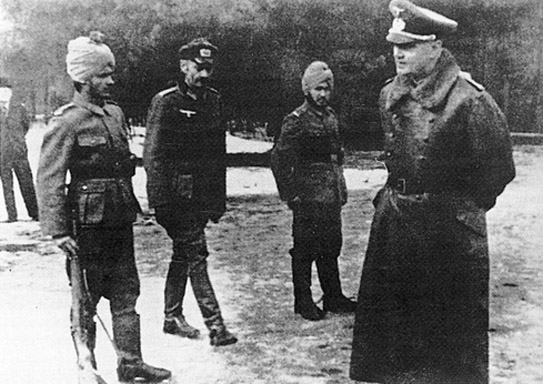
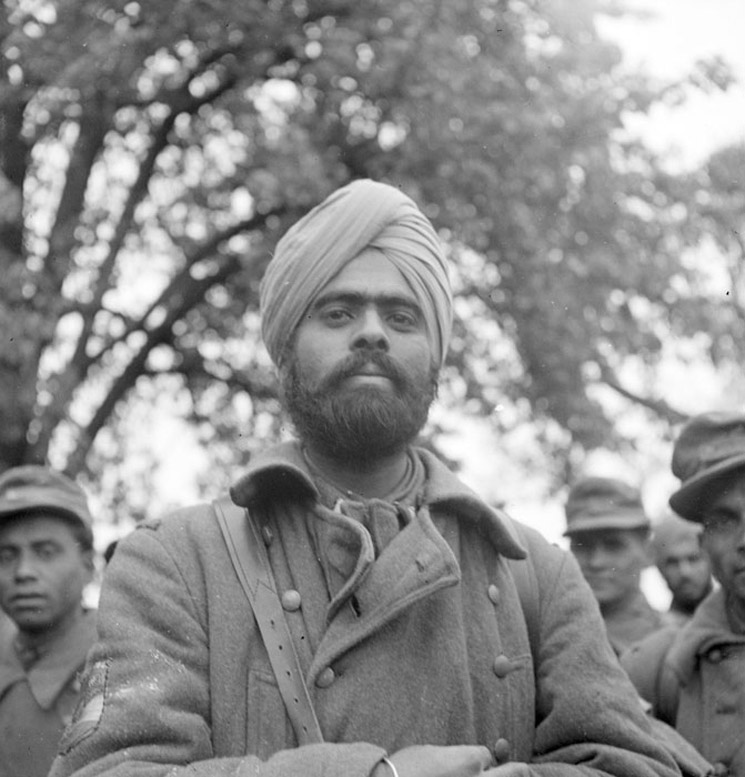

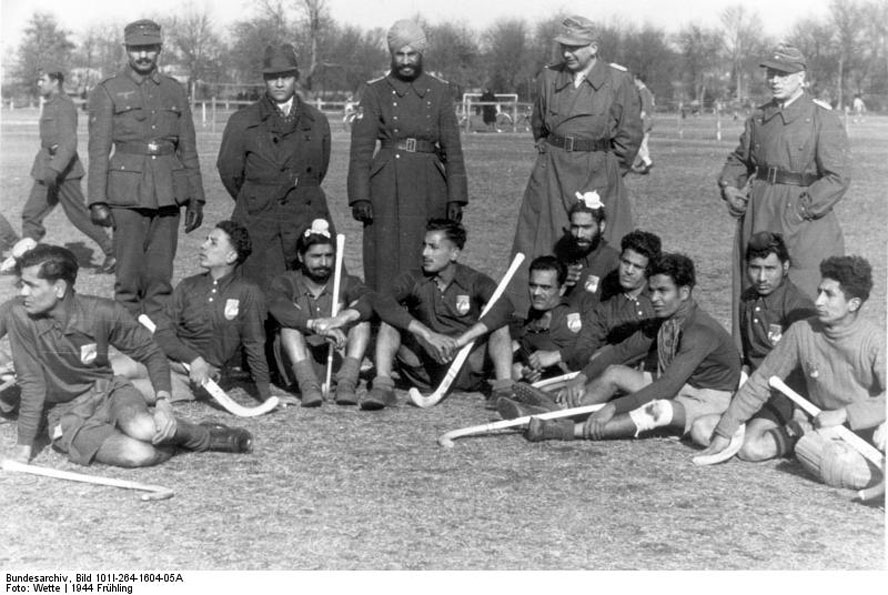
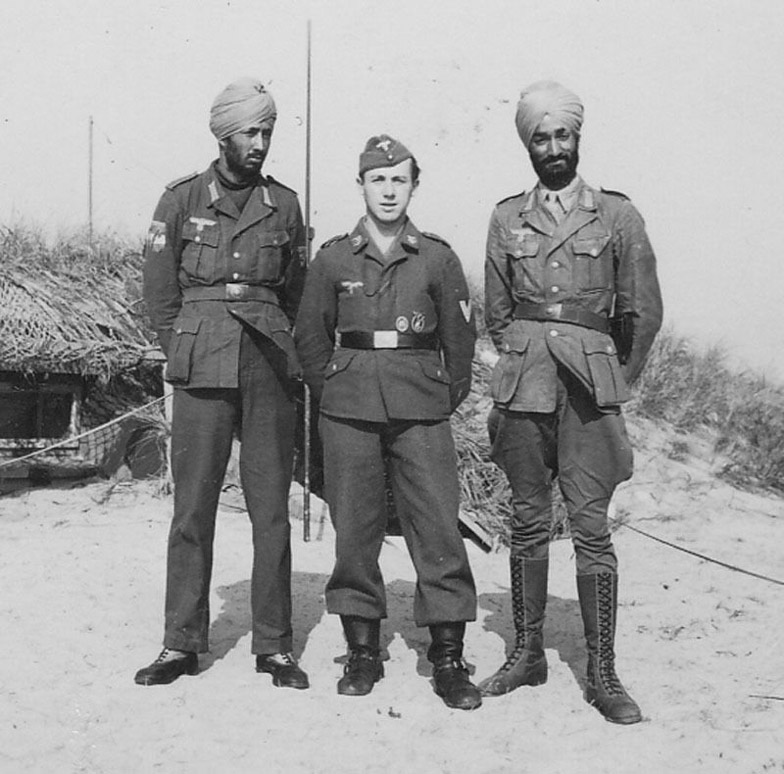
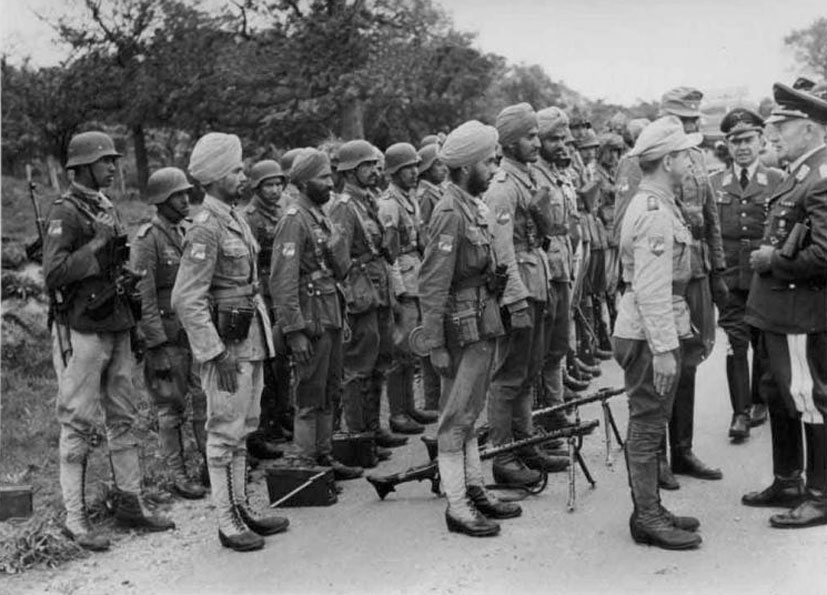
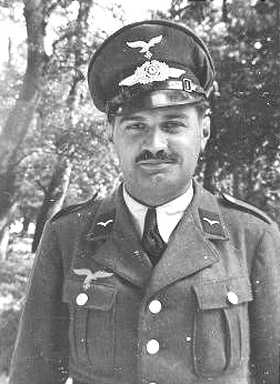
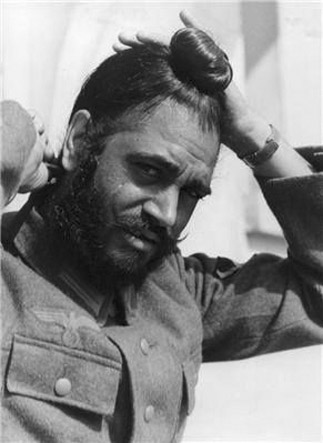

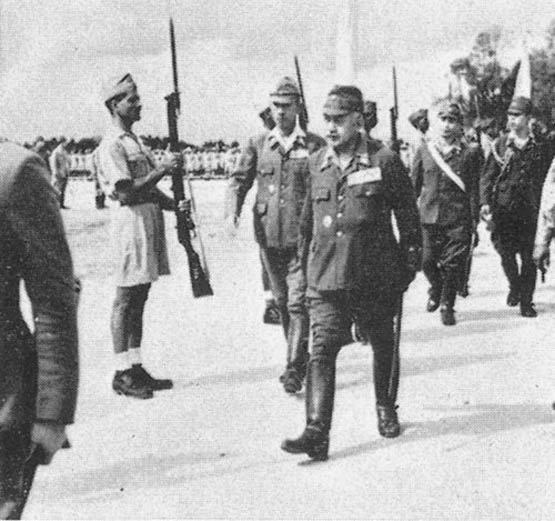

One of the most famous, the ''Kohima Epitaph' reads:
Tell Them Of Us And Say,
For Your Tomorrow,
We Gave Our Today'. ]
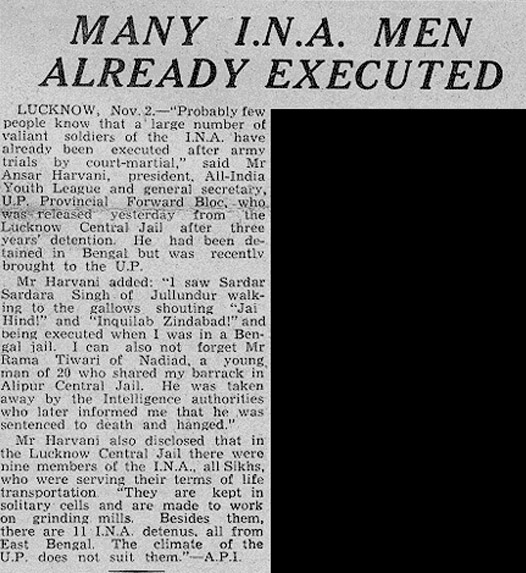
'Jai Hind' means 'Long live India' or 'Victory to India' and 'Inquilab Zindabad' means 'Long Live the Revolution'
Heil Rama Tiwari and Sardar Sardara Singh!]
